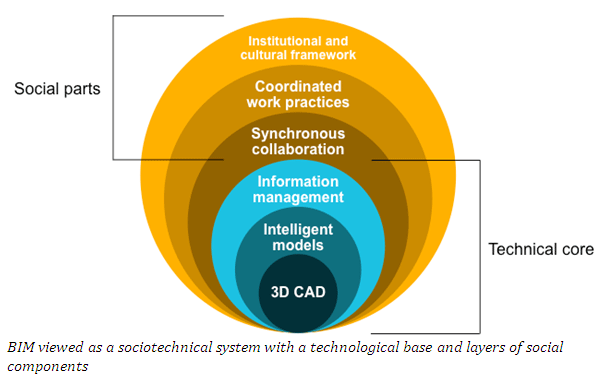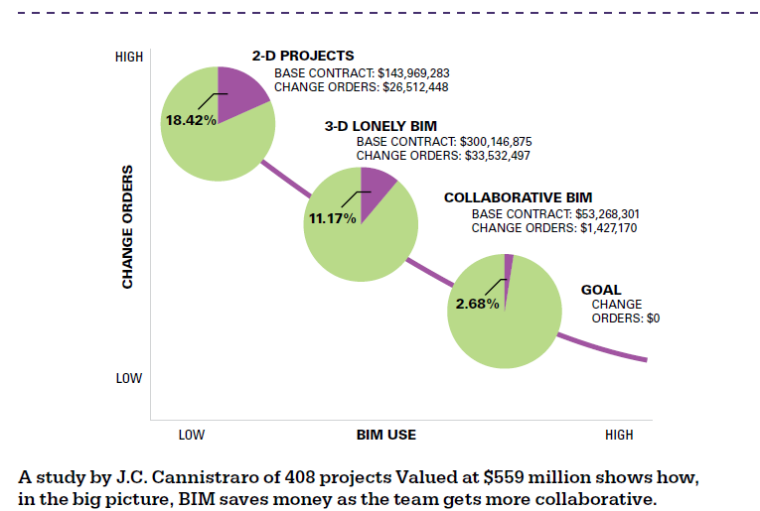The Emperor is still naked!
Is the trend analysis of the Business Value of BIM in North America from 2007 through 2012 reality, or are many of us walking around with rose colored glasses?
I ask you, do you really believe the following statement ” Now in 2012, 71% of architects, engineers, contractors, and owners report they have become engaged with BIM on their projects …”. If you define BIM as the life-cycle management of the built environment supported by digital technology, I can tell you that either the survey is flawed… a lot of people don’t know what BIM is… or we have a lot of folks inflating the truth. There is NO WAY 71% of ANY of the groups are “engaged with BIM on their projects”…period, end of story.
Playing with Statistics? The 71% average appears to have been calculated by taking a simple average of the “adoption rate” from architects, engineers, and contractors” from three size classes of firms “small, medium, and large”. If I am correct, this is just plan WRONG. Most firms in the U.S. are small business, thus a weighted average must be applied. The “adoption rate” for small firms 50%… a number I also believe to be inaccurate.
I just came back from the NIBS Conference. This is without question, the most valuable, authoritative meeting relative to BIM in the United States. How many people were there you might ask? A few hundred at most.
So, what does any of this matter? Simple really. Until our industry stops the hype and focus on important issues relative to BIM, we will continue to be mired in inaction. The AECOO is the most unproductive business sector and also has the lowest rate of technology adoption. These are facts…. if one wishes to be interested in facts that is.
Here some thoughts as to where emphasis must be placed:
- Greater adoption and use of collaborative construction delivery methods: IPD – Integrated Project Delivery, and JOC – Job Order Contracting. The later is a form of IPD specifically targeting renovation, repair, sustainability, and minor new construction projects. Let’s face it, 80% or more of all funding for the built environment will be going in renovation, repair, and sustainability.
- Emphasis on business process, strategy, and standardized terms, metrics, and data architecture vs. technology. Technology is NOT the problem, is the lack of clear, robust business strategy and processes, and domain knowledge… largely on the part of Owners that is the primary obstacle to progressive change. Owners write the checks, they are “where the buck stops”.
- Focus upon life-cycle costs / total cost of ownership, vs. first costs.
- A bit more on data standards…. OMNICLASS, UNIFORMAT, MASTERFORMAT, COie, IFC, et al… all have there roll. Some will survive, some may not. The point is that unless we have standardized terms, definitions, detailed reference and actual cost information (localized materials, equipment, and labors), physical and functional condition metrics, etc. etc. etc. … we can’t collaborate or improve productivity!
- Participation by all stakeholders – Owners, AE’s, Contractors, SubContractors, Building Users, Oversight Groups, Regulatory Bodies, Building Product Manufacturers, Communities, ….




